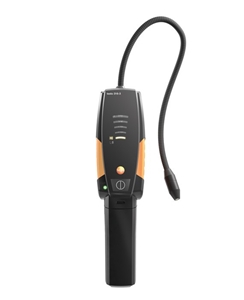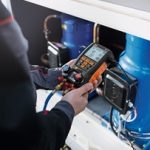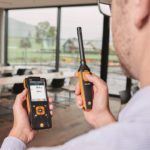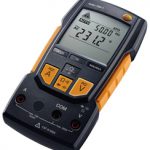If your business involves the use of refrigeration systems, whether in residential, retail or transportation environments, it’s essential to keep a regular eye out for leaks and other faults.
Left untreated, leaks can significantly hamper the efficiency of your systems, thus driving up your operational costs. That could be the least of your problems though – as leaky systems can also release greenhouse gases and damage the environment.
Fortunately, comprehensive and sustained maintenance can eradicate such problems, so here are a few pointers to keep in mind.
Watch the refrigerant level
The easiest way to catch a leak before it develops into a bigger problem is to keep an eye on your system’s refrigerant levels. Implement a consistent plan to check levels over time, recording any changes, to quickly identify any anomalies.
Check the compressors, filters and other important components
Refrigeration systems are built out of a wide array of components, from filters and compressors to valves, hoses and other fittings. Malfunctions or abnormalities in any one of these can be a direct or indirect source of leakage, so make sure you include each part in your regular maintenance checks.
Keeping these parts clean – especially the ones more susceptible to dirt build-up and blocking, such as filters – is also an important step to preventing leaks from springing up. Even if dirty or obstructed parts don’t lead to leaking, they can be a huge drain on system efficiency and costs.
Keep a leak detector handy
Leaks can be hard to pinpoint in these complex systems, so a quality electronic leak detector is one of the best tools to have around.
The compact testo 316-3, for example, is a simple but powerful leak detector that can sniff out all common refrigerants and point you to the source of the leak. With single-button operation and no need for pre-settings, it’s easy enough for anyone to use.









 Reduce cooking oil costs while ensuring quality
Reduce cooking oil costs while ensuring quality Expert knowledge on CO2 monitoring
Expert knowledge on CO2 monitoring Refrigeration knowledge - in 3 modules
Refrigeration knowledge - in 3 modules



